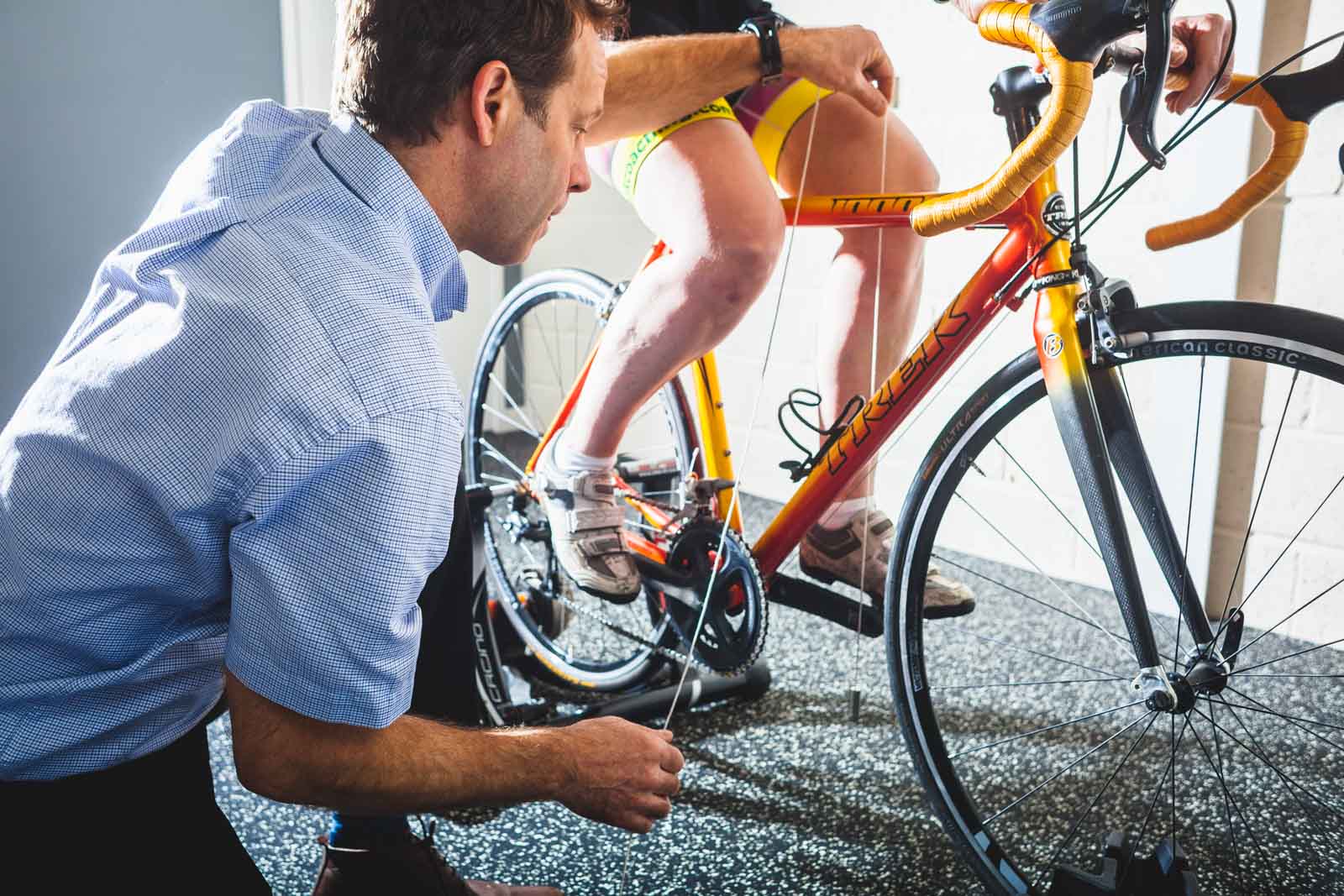Cycling has become increasingly popular in the UK over the last 10 years due in part to the success of the British Cycling team in major competitions as well as British cyclists such as Bradley Wiggins and Chris Froome winning the Tour de France. The amount of people interested and participating in cycling has surged in the Peak District and Sheffield areas following the Yorkshire Grand Depart of the Tour de France in 2014.

Choosing a bike is no longer a simple process as there are many different brands and types of bikes depending on the terrain you want to cycle on such as road, trails, cross country or sometimes a combination of these and whether you want to compete in triathlons, road races or the increasingly popular sportives. If you are new to cycling and want to see if it is something that you will enjoy then the best option is to buy an entry level bike that is both reasonably priced but at the same time is still a decent bike. You will often be able to research what bike is right for you and check out reviews online. The more you spend the better the components and lighter the frames can become, but this is not always necessary when first starting out. A lot of bike shops will have demo bikes and this is a really good opportunity to get a feel of the type of bike you want. Often the hire of the demo bike will be taken off the purchase.
Each genre of bike will have different specifications and differences within that genre for instance a road bike will have variations between the front of the bike ( head or steering tube – see diagram).

A shorter head tube will be for more aggressive aerodynamic riding and higher head tubes for longer days in the saddle. Choosing the correct size and type of frame is very important for comfort, efficiency and ultimately injury prevention. Ask yourself what position do you want to be in?

Bicycle companies have different sizing methods but mostly they are either a range from small to extra large sizes or centimetre/inches measurements.
Below is an example of comparing a riders height with the effective top tube measurement (horizontal line from the centre of the seat tube to the centre of the head tube – see diagram);
Rider Height Effective Toptube Estimate (cm)
5’0″ – 5’3″ 49 – 51 (XS)
5’3″ – 5’6″ 52 – 53 (S)
5’6″ – 5’9″ 54 – 55 (M)
5’9″ – 6’0″ 56 – 58 (L)
6’0″ – 6’3″ 58 – 60 (XL)
6’3″ – 6’6″ 60 – 63 (XXL)
Because many of the modern bike frames have sloping top tubes the effective top tube length eliminates this variation. The manufacturers frame geometries will always give an effective top tube length with each size of frame. All of the brands have basic size charts that you can view on line that also correlate your height and/or in inseam measurements to a frame size.
Most brands will also have frames more specifically for females taking in to account anatomical variations such as pelvic and shoulder widths. All of this information is useful in getting an idea of what frame size may be appropriate for you. Variations on stem lengths, crank sizes and types of saddles can sometimes be changed when trying out in the bike shop ( and hopefully after you have ridden on a demo bike) and before purchasing.
The problem with a standard bike size and the components added are that they don’t take in to account the complexities of the individual human in motion and that we are all different shapes and sizes. For example two people can be the same height yet may have different leg lengths and more specifically different lengths of shin or thigh bones as well as varying trunk and arm lengths to name a few.
At Bikefly we know that a correct bike fit is crucial and this isn’t always offered at the bike stores but is necessary in preventing possible niggles, discomfort and injuries occurring as well as optimising efficiency and comfort on the bike. Cycling is a low impact activity but due to the repetitive nature of the pedalling action any small problems will be amplified and an injury or discomfort may occur.
As you can see choosing a bike isn’t easy but it is worth the effort to get it right to optimise your enjoyment and hopefully enjoy a lifetime of cycling.
If you require a bike fit or further information then please contact Matthew at www.bikefly.co.uk








